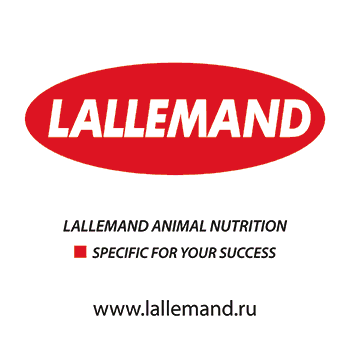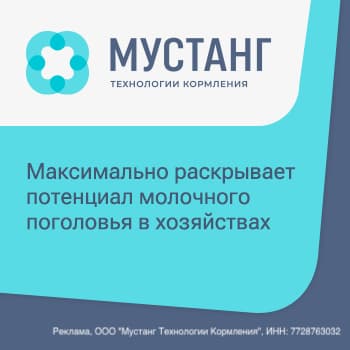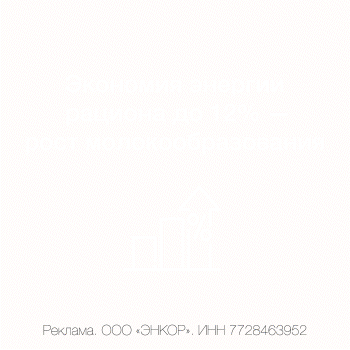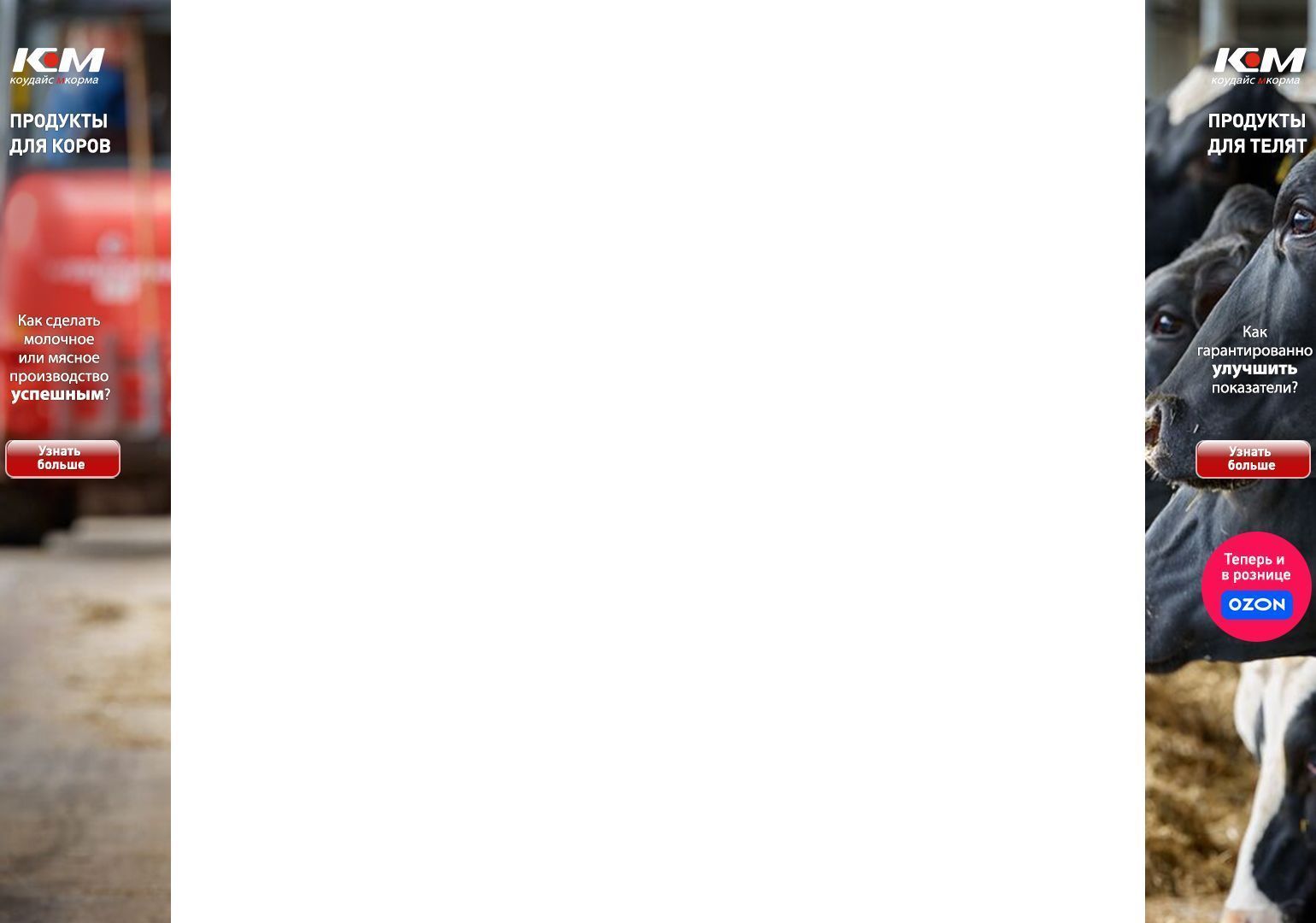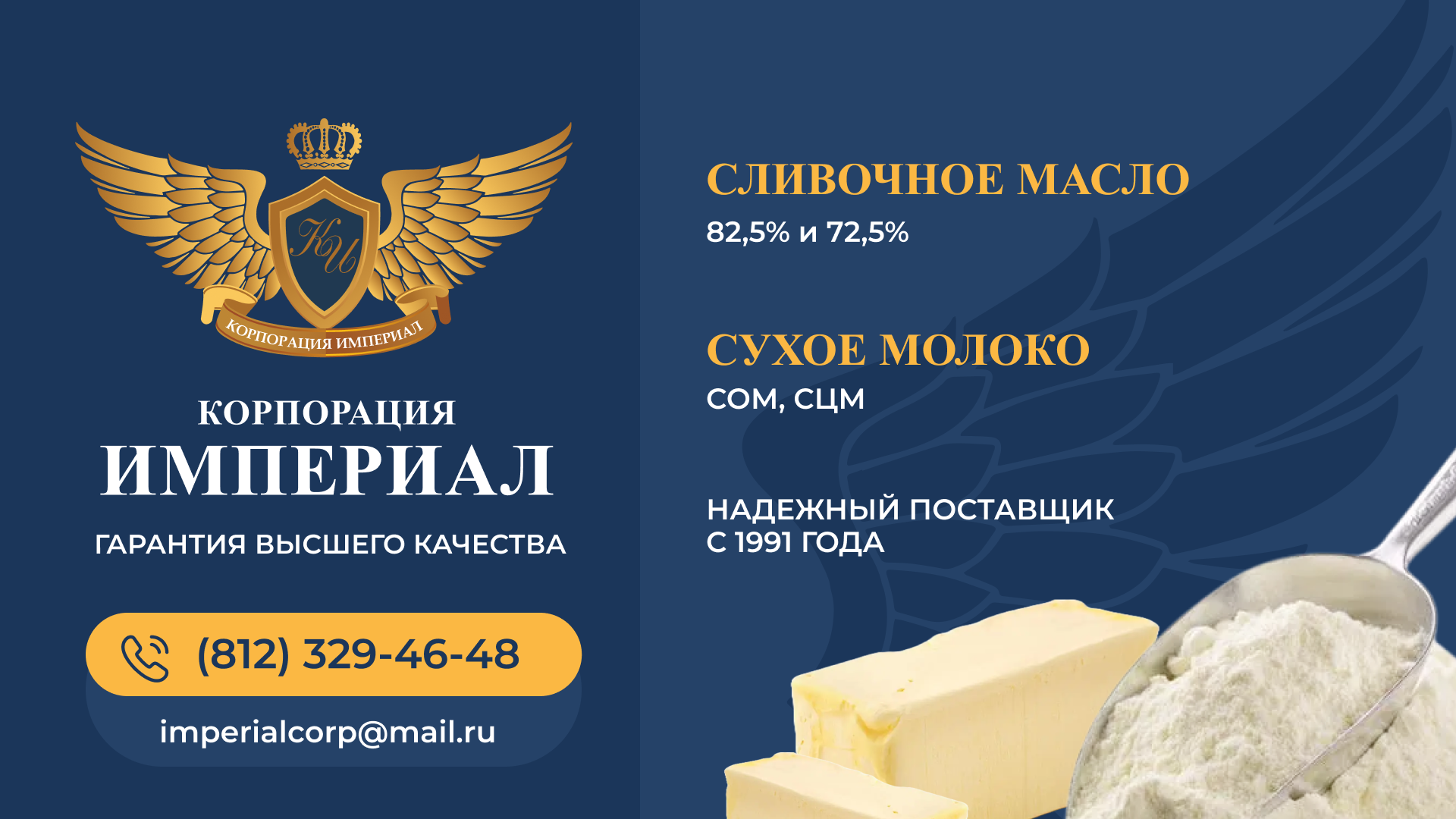ACORT (Association of Retail Companies): Retail chains would rather accept labeled products than refuse them
Larisa Kuznetsova answered the suppliers' questions and gave her recommendations.
Question: How will the process of acceptance of products with a short shelf life be organized?
Answer: I want to reassure the suppliers right away. Products manufactured before December 1 can be delivered to retail chains unlabeled, but taking into account the remaining shelf life, which is specified in the delivery contract. The chains do not have a prohibitive requirement obliging them to accept all products with labeling only since December 1.
Question: What is checked when delivering labeled products?
Answer: Firstly, the presence of the labeling code on the product is checked. The check is carried out selectively – several pieces from the batch. Secondly, the readability of the code is checked. We see that the applied code is not always read. The reasons are different: incorrect code or poor quality of its application.
Retail chains have already encountered situations when, upon acceptance of goods, it was found that the code was not read, since it was not applied according to the requirements of GOST specified in the labeling rules. In this case, there are several scanners available in retail chains during acceptance. Retail chains would rather accept the products after all than refuse them.
Please note that it is necessary to comply with GOST for applying codes, and then they will always be read by any scanner, which was confirmed by our tests.
Thirdly, the composition of the labeling code is checked. All separators and its constituent parts must be taken into account. I would like to draw your attention to the fact that when transmitting the code on your own, there may be distortions in its symbols, so you need to pay attention to this.
The fourth item is checking of the status of the code. According to the legislation, the status "applied" or "put into circulation" is enough for the product to be considered labeled. But please note that since December 1, the goods must be delivered with the status of the code "put into circulation", a new responsibility comes into force in accordance with the Administrative Code for violating the rules for applying the code and this is monitored by the control authorities.
Question: What recommendations can you give to producers based on the results of acceptance and disposal of dairy products for the first two stages of labeling?
Answer: I would like to note a positive point: we have a lot of conscientious suppliers who have prepared for labeling on time and properly and supply high-quality labeled dairy products to retail chains. However, unfortunately, not all of them. My advice to those who, a few days before the start of the third stage, complete the setup of equipment in production. Pass the testing of the labeling method that is selected. There are many nuances that may not be taken into account in production, but during acceptance in retail chains, problems, which I mentioned above, may arise. The networks are aimed at selling labeled products to consumers and not stopping their sale.
It is also important to pay attention to the inseparability of the labeling itself. More often, this problem occurs with stickers. Choose stickers with a good adhesive layer so that they do not peel off from the packaging.
I want to draw attention to the fact that direct application on the line is not always of high quality. The geometry is not observed, and the code is simply erased with a finger from the packaging. It is better not to use such methods for labeling.
Question: How long does it take to read the labeling code at the checkout?
Answer: According to tests, 0.7-0.8 seconds for a qualitatively applied code. Readability requirement, on the part of retail chains - a maximum of 1 sec. The record for a low-quality code set by ACORT is 27 seconds.


